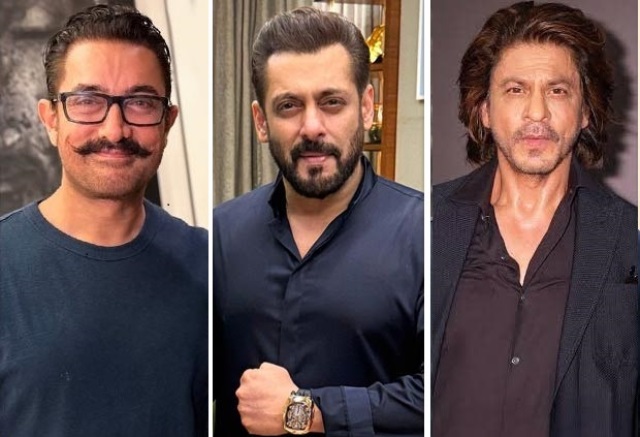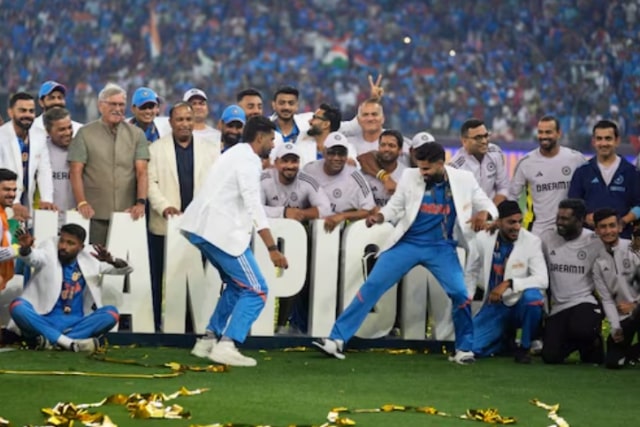
Five Things That Happened Last Week (And what to make of them)
Europe’s sure and steady move towards the Right
In late September when Giorgia Meloni’s ultra-right wing Brothers of Italy party garnered the highest number of votes in the country’s election it was clear that she would become the next prime minister of the country. Besides being the first woman prime minister of Italy Meloni would also head a government that is widely expected to be the most right wing since dictator Benito Mussolini who ran Italy between 1922 and 1943.
Meloni’s party, which has roots in the Italian Social Movement, a party that Mussolini’s supporters had formed in 1943 and in which, as a teenager, Meloni was involved. The Brothers of Italy professes to be anti-immigration, anti-LGBTQ movements, and against the “violence of Islam”. Videos show Meloni at the site of a proposed new mosque declaring that the mosque can’t be built unless it is known who the Imam would be, who was funding it, and only if the prayers were conducted in Italian. In her younger days, Meloni had praised Mussolini as a “good politician”. To be fair, she now disassociates herself from such statements.3
How governance in Italy pans out in the near future will have to be seen but Italy cannot be seen in isolation in Europe. The rise of the right wing is a trend that is clearly discernible in the continent. Recently, in Sweden, the Sverigedemokraterna (Sweden Democrats), a populist party, emerged as the second-largest party in the Swedish parliament, which will give it a say in the coalition government that is being formed. What is significant in this context is that the Sweden Democrats have been perceived to be anti-immigration, anti-Islam, and Euro-sceptic.
In France, although Marie Le Pen of the right-wing National Front lost against Emmanuel Macron this year, she got 41% of the votes and the rise of the right-wing is perceptible and her party’s anti-immigration stance has been gaining rapid support in the country and among voters. It will not be surprising if the National Front surges to power in the near future.
Elsewhere in Europe, the rise of the right wing is unabated. In Hungary, prime minister Viktor Orban leads a government that is clearly right leaning; in Poland, president Andrzej Duda’s Law and Justice party is conservative and right-wing. And, in Germany, although the right-wing Alternative for Germany Party (AfD) did not win the elections, it has gained a significant foothold among voters, which might indicate a future surge. Even in tiny Finland, which is known for its egalitarianism and a very successful social welfare system, the populist right-wing Finns Party has been gaining in popularity polls and vote shares.
The common thread running through this emerging trend is the sentiment of anti-immigration. Many European countries have had relaxed policies regarding immigration in the past and now there appears to be a backlash against that. Some of it is social–many immigrant communities are slow to integrate, and assimilate local cultures and languages. But much of it is economic. In economic downturns such as the one that is prevailing now, populist perceptions about immigrant workers, asylum-seekers and refugees can be impacted by nativism of the sort that has driven the rise of Europe’s right-wing parties. If Europe turns sharply towards the right, the reasons for that could be historical.
Who will be the next president of the Congress party?
The cynics would consider it a non-event but when the much-awaited and Covid-delayed elections for the president of India’s Congress party takes place on October 17, it would be interesting to observe how events unfold. After some drama–when the veteran Congress leader Ashok Gehlot first decided to be a candidate and then withdrew, ostensibly because of sharp rifts in his party in his state of Rajasthan–there are two candidates in the fray for the secret ballot that is to be held.
The two contestants are Shashi Tharoor, 66, and Mallikarjun Kharge, 80. There was a third one too, Congress MLA from Jharkhand, K.N. Tripathi but his nomination was rejected at the eleventh hour.
Now, the contest is between Tharoor and Kharge. But what happens if either wins? Since 1998, the Congress party’s president has been Sonia Gandhi. To be more accurate, her tenure had a short break between 2017 and 2019 when her son, Rahul Gandhi, was president (he resigned after the party’s humiliating defeat in the parliamentary polls of 2019). Before that, from 1978 to 1991, the presidents of the party were, first, the late Indira Gandhi (from 1978 to 1983) and then her son, the late Rajiv Gandhi (from 1985-1991). The two non-Gandhi presidents after that were former Prime Minister P.V. Narasimha Rao from 1992-94; followed by Sitaram Kesari from 1996-98.
The two “non-family” members couldn’t be more different from each other. Kesari who died in 2000 at the age of 80 had an unremarkable tenure. And Rao, who was arguably India’s most forward-looking prime minister and an independent-minded Congress leader, was sidelined by his party.
So, here is the thing, the Congress has for decades been led mainly by a member of the Nehru-Gandhi family. The writ of the family and its descendants runs the party. In recent months, many leaders of the party–young ambitious ones as well as seasoned old ones–have rebelled against that writ and have left the party.
Arguably, it is only the hardcore loyalists to the family who remain as leaders of the party. Will whoever is finally elected as Congress president have the independence to lead the party and overcome its present challenges or will that person be a mere figurehead elected to obey orders of the family’s scions?
India’s progressive decision on abortion
For more than half a century, India had a law that prevented unmarried women from seeking legal abortion procedures to terminate unwanted abortions. It was an unfair and unjust law. Last week, however, a historic judgment, the Supreme Court allowed single and unmarried women to seek safe and legal abortion between 20 and 24 weeks of pregnancy.
Supreme Court Justice DY Chandrachud, who headed a bench that passed the order said: “The rights of reproductive autonomy, dignity and privacy under Article 21 of the Constitution gives an unmarried woman the right of choice as to whether or not to bear a child on a similar footing as that of a married woman.”
Contrast that with the US where recently the 1973 Roe vs. Wade decision by the Supreme Court that ruled that the US Constitution conferred the right to have an abortion was upturned this year. What it means is that whether abortion is legal or not will now be decided by states. And while many states allow abortion, it is estimated that after the new US Supreme Court ruling, as many as half of USA’s 50 states could make abortion illegal. In that context, the Indian Supreme Court’s decision is progressive and should be lauded.
Apple shifts iPhone 14 making to India?
Geo-political tensions between China and the US have been running high for a while. Then there has been the impact of the Covid pandemic. These have impacted many decisions on global brands, including electronic majors, to do some re-thinking of their manufacturing strategies. Apple, the marketer of the iconic iPhone, is one such company. Recently Apple decided to make some of its new iPhone 14s in India.
Initially, the iPhone 14s that it is making at a production line in Chennai are for the domestic Indian market but there could be a bigger shift in production volumes and include products earmarked for other markets. According to some analysts, the volume produced in India could be as high as 25% of all iPhone 14s that the US major produces. China’s loss may be India’s gain.
India launches 5G services in India
In more good news from India, Prime Minister Narendra Modi last week inaugurated the launch of 5G telecom services. The technology will enable ultra-high speed downloads (a movie, for instance, can be downloaded in a few seconds) but more importantly for a market such as India’s it will enable easier and more effective e-health, connected vehicles, augmented reality experiences, and life-saving solutions in healthcare.
The government is planning to aggressively push for 5G coverage in India and aiming to cover 80% coverage in a short time-frame. Recently, in India’s biggest-ever telecom spectrum auction, which garnered ₹1.5 lakh crore worth of bids, the Reliance Group’s Jio acquired nearly 50% of the airwaves auctioned for ₹88,078 crore. No prizes for guessing who will be at the forefront of the 5G push.



